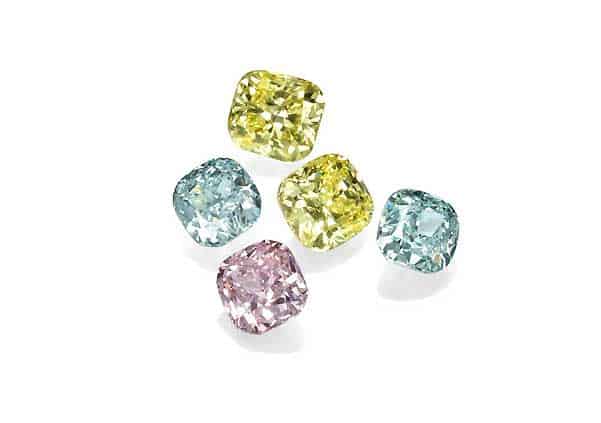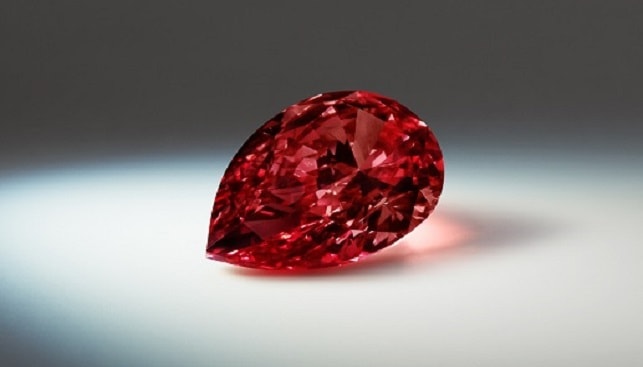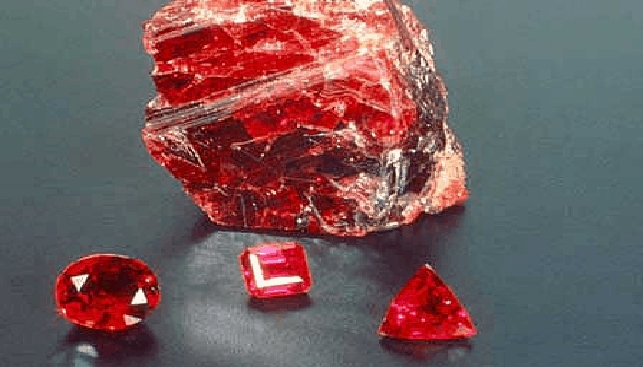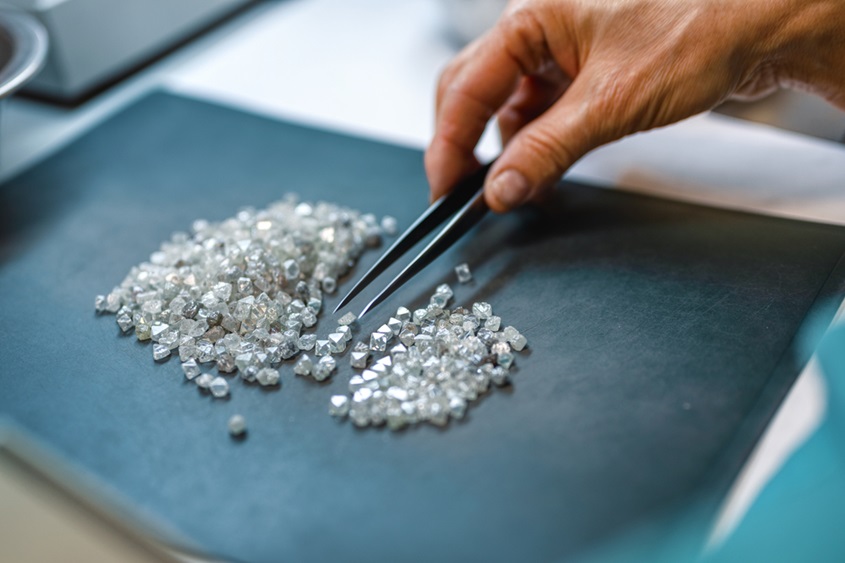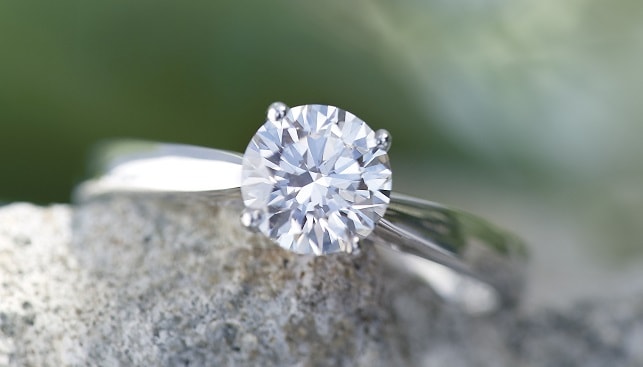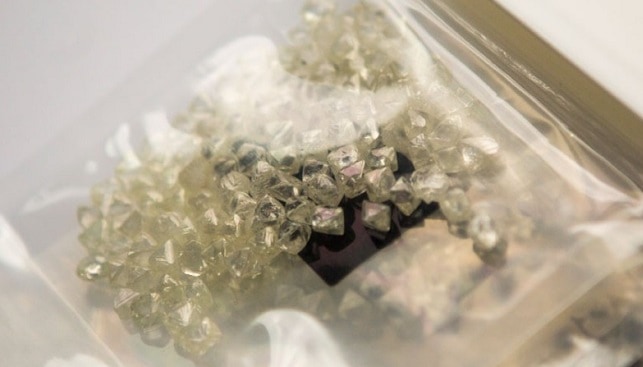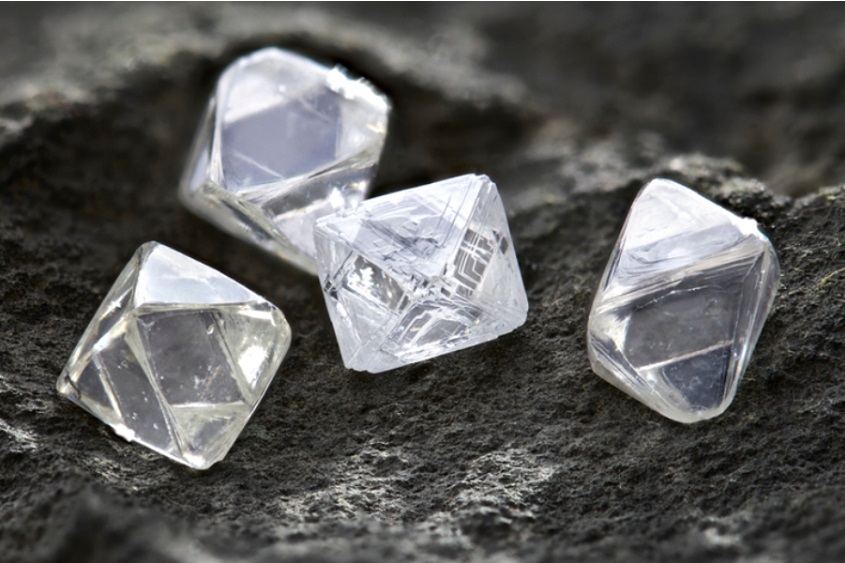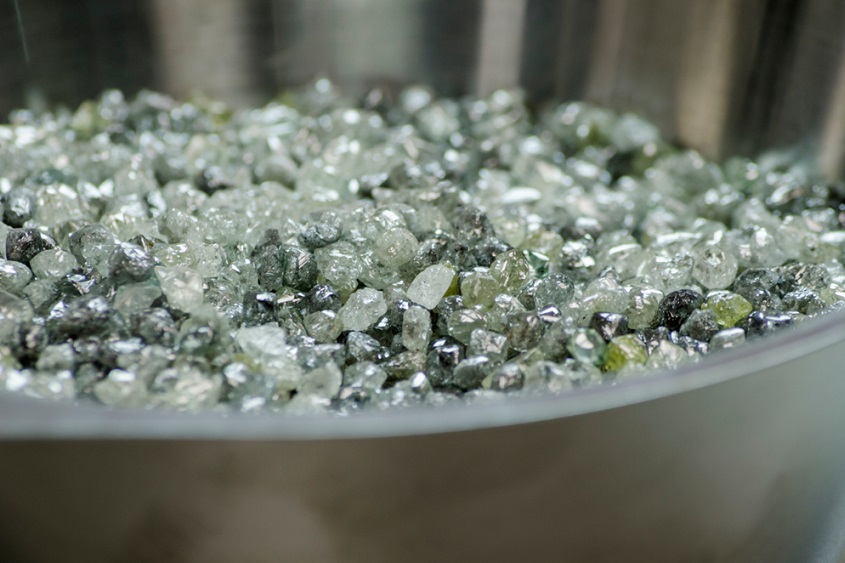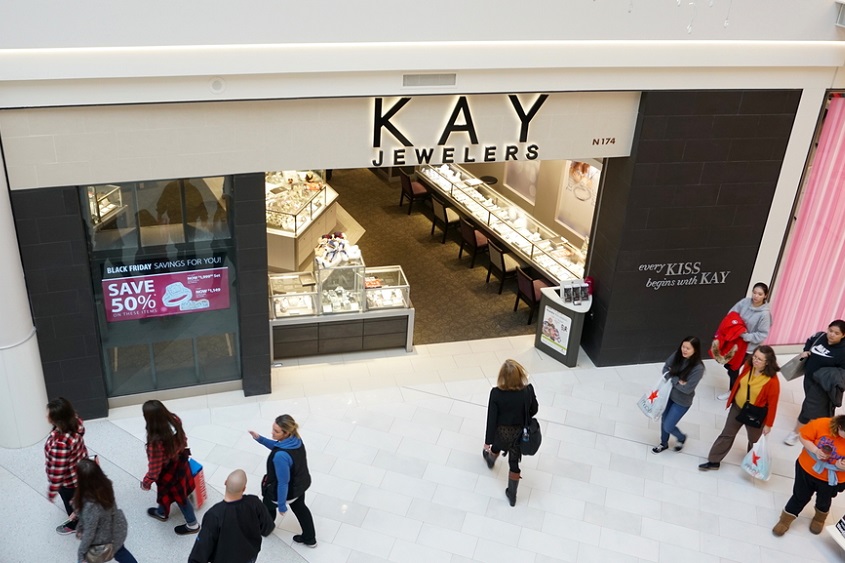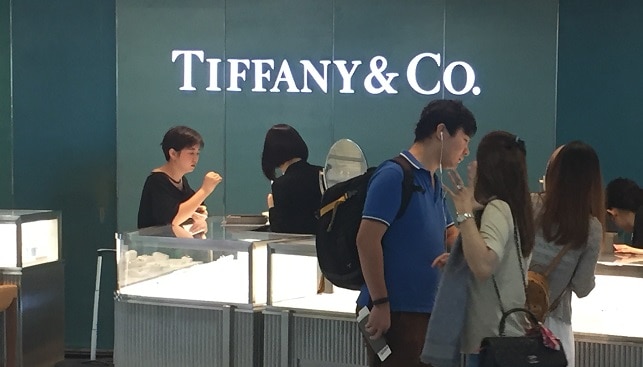Diamonds’ colors are created as a result of a combination of two elements: The composition of chemical and outside substances found within them as well as the optical characteristics of the rays of light penetrating them. The world’s diamonds can be divided into two color groups: The first includes most of the diamonds, whose colors range between yellowish hues of white to deep yellow; the second group includes special hues called “Fancy Colors.”
Colored diamonds are both rare and highly priced. They can be differentiated by color, with tones ranging between yellow, pink and red to blue, green, purple, black and more. There are two types of colors in fancy diamonds – some diamonds come in bright and sharp colors while the colors of others are sometimes mixed, producing stones that are a greenish yellow, a reddish brown, etc. When the secondary color intensifies the diamond’s hue it is considered an advantage, but if the secondary color dilutes the main color it is considered a drawback.
Gemological laboratories grade colored diamonds according to two parameters: Firstly, their basic color, and secondly, the intensity of the color. The level of intensity is graded in nine categories; from the lowest level of “Faint” to the Fancy Vivid” level, which is considered the rarest and most expensive. In addition, Fancy Diamonds are gauged according to the four criteria for grading diamonds – the Four C’s.
Yellow and pink diamonds are the most popular colored diamonds, but in recent years there has been a growing demand for blue, green and orange diamonds. Nevertheless, worthy of notice is the fact that most colored diamonds on the market are not naturally colored – many were dyed in a laboratory. To date, natural colored diamonds have been recovered in mines in Australia, Brazil, Venezuela and parts of Africa.

